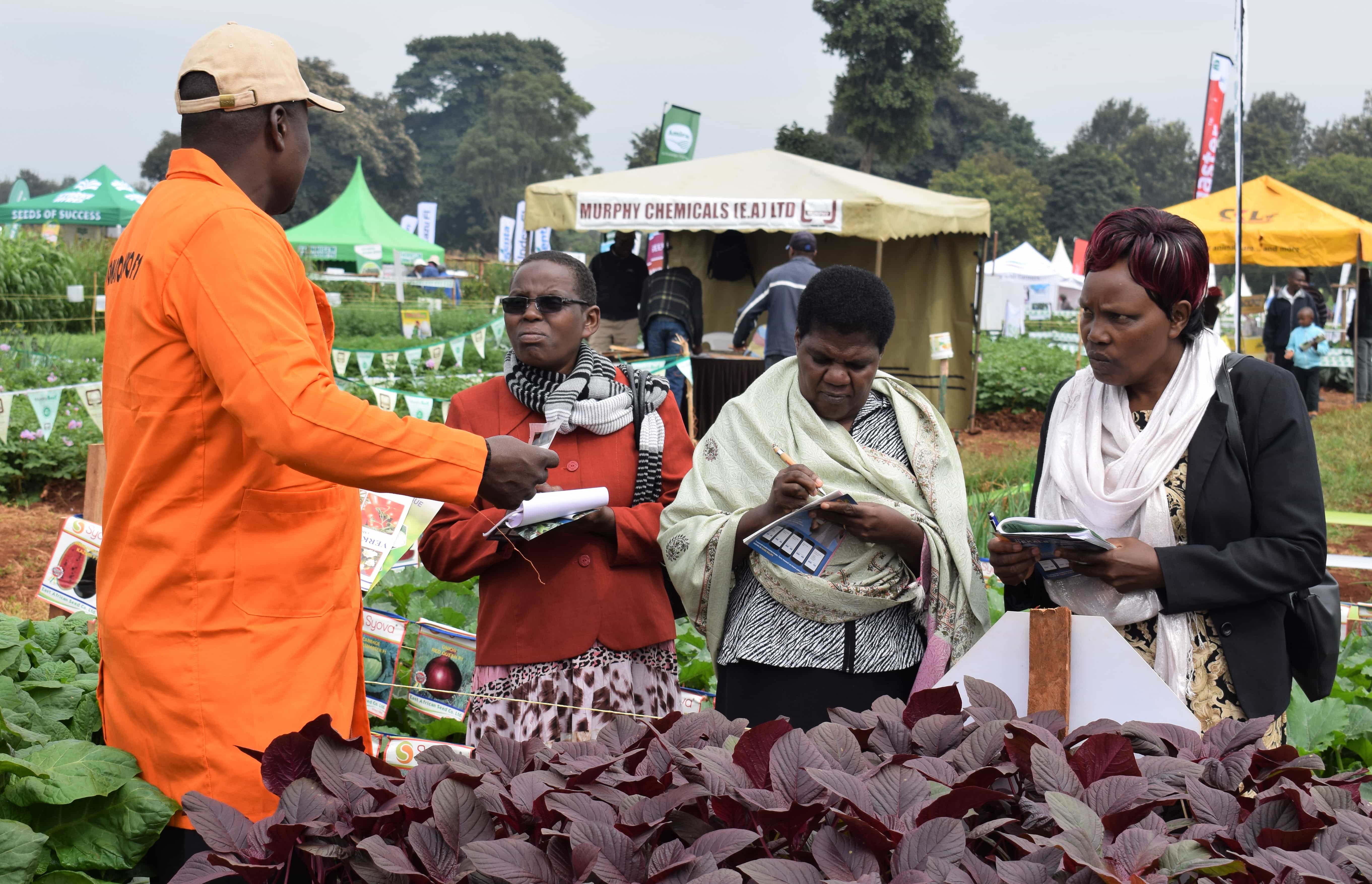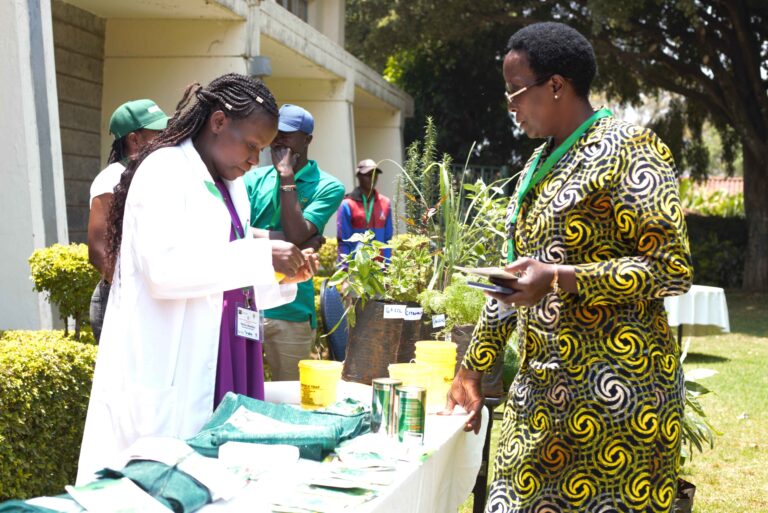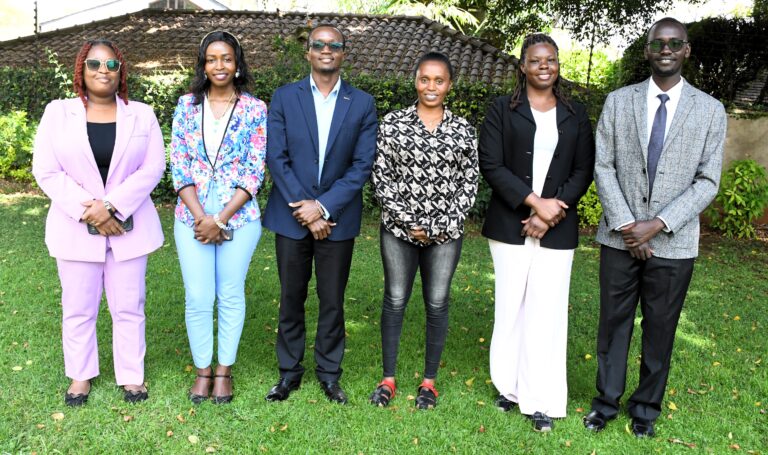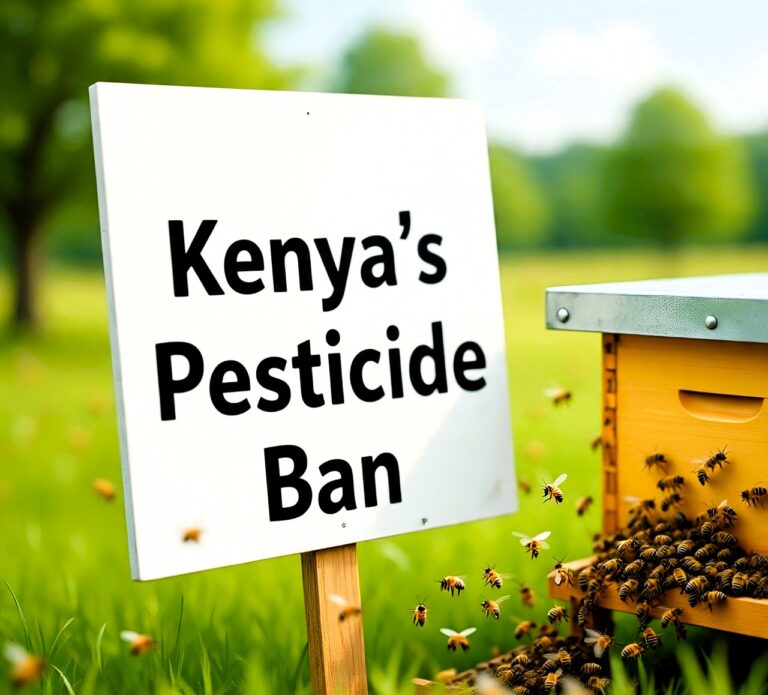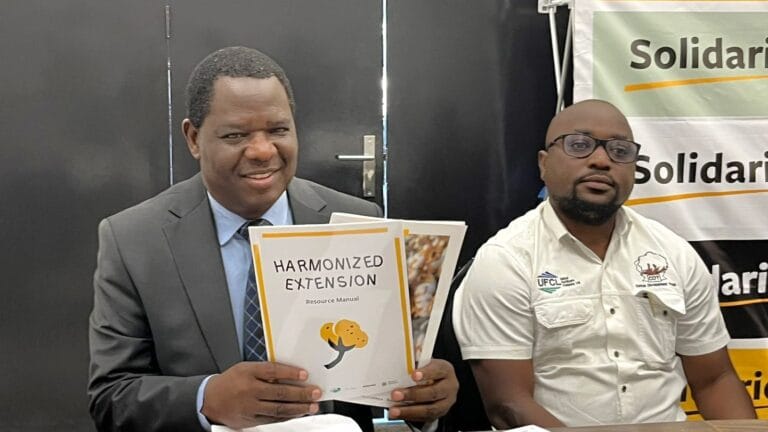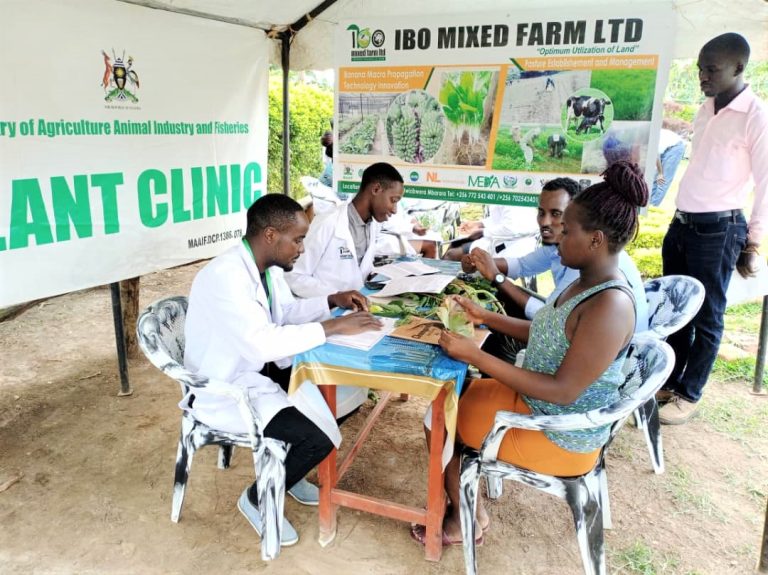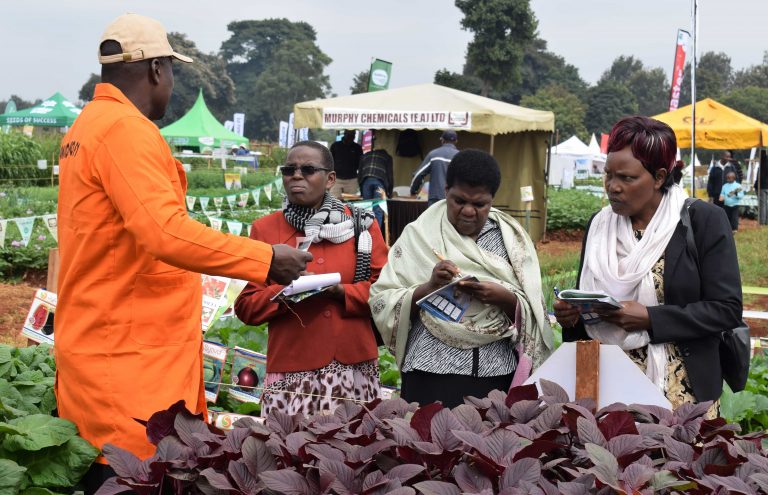by HENRY KINYUA
Farmers in Kenya are hungry for information on the best farming practices, how to maximize yields, ensure better crop varieties and anything that will enhance their farms. But are they getting it? Unfortunately, the agriculture sector as currently constituted in Kenya has very little education flowing to the majority of farmers. It is not surprising that we cannot feed ourselves. As a result, agricultural produce has been flowing from neighboring countries. Recently there have been concerns about fish imports from China. How did we get here?
Kenya last employed agriculture extension workers in 2006. Before that, they had been last recruited in 1986. This means that in the next 5 years, over 50% of current extension workers will be retiring. The ratio of extension workers to the farmer is at best 1: 1000 nationally. At county levels, it is as high as 1:2000. This means there is an acute shortage of extension workers and the few available cannot meet the needs of farmers. Agriculture extension is still too poorly funded to reach the essential staff: farmer ratio. Does the recently launched Agriculture Sector Transformation and Growth Strategy address this issue?
It is encouraging that under an initiative dubbed Flagship 7, the strategy has plans to “hire 200 county and national transformation leaders, hire 3000 youth Extension workers, train and equip them to deliver digitally enabled agriculture research and extension and finally support 1000 farmer facing SMEs”. This, among other things, is expected to lower extension workers: farmer ratio to 1:600.
The strategy notes that there will be established a national office to provide guidelines to counties on how to do this. One hopes suffcient funding to support this will be available. No development in agriculture is possible without a significant investment in extension and research.


